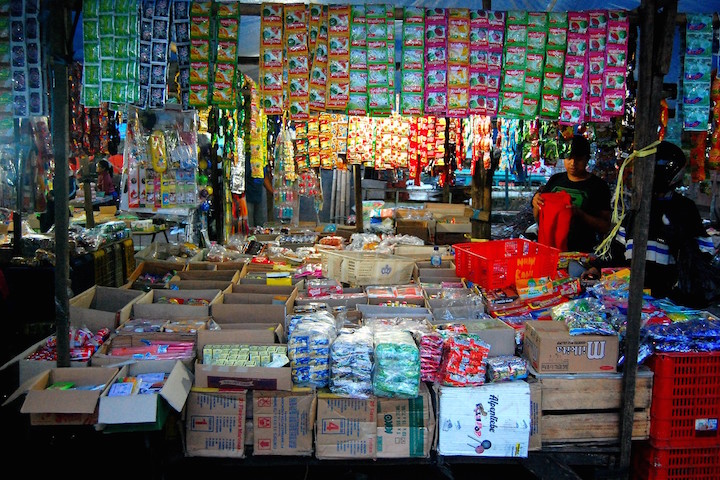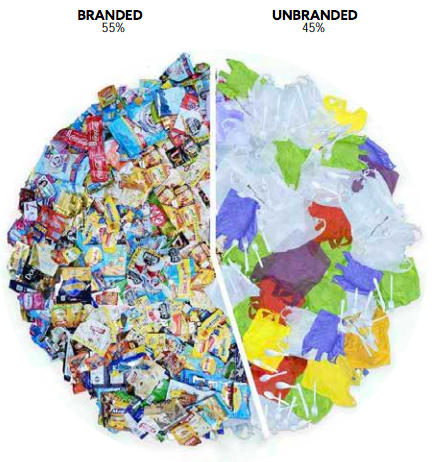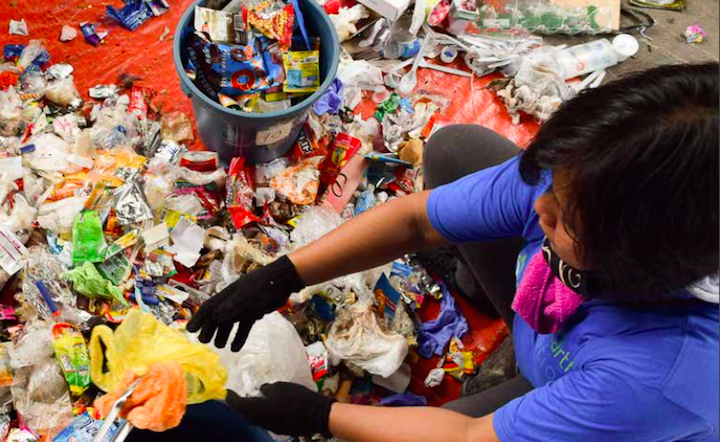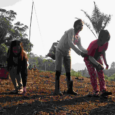According to a study conducted by the environmental group Global Alliance for Incinerator Alternatives (GAIA), each Filipino uses 591 pieces of sachets and 337 plastic bags each year. That comes up to a total of 163 million sachets and 48 million plastic bags a day. Yearly, it means we dispose of about 60 billion sachets and 17.5 billion plastic bags.
These numbers work to paint the picture of a fact we all ought to know: the Philippines is frequently listed as one of the world’s worst plastic polluters, especially on marine plastic pollution. While that ranking might also be attributed to the fact that countries like Canada and South Korea illegally dump their garbage here, a large portion of it is still due to our own consumption.
GAIA took these figures based on 21 waste assessments conducted in seven towns and six cities (Malabon, Navotas, Quezon City, Tacloban, Batangas City, City of San Fernando – Pampanga). According to them, “results from the 21 waste assessments were used to extrapolate national data, including estimates about the use and disposal of different types of plastic residuals.”
Froilan Grate, GAIA’s executive director, explained that one of the conclusions which can be drawn from the study is the huge impact of plastic consumption and the ‘sachet economy’ in the Philippines. He states:
The Philippines has been blamed as one of the world’s biggest source of marine pollutants, due to the lack of adequate waste management. But based on our study, some towns such as San Fernando can adequately manage their garbage but the problem is 20 to 30 percent of their garbage are made of plastic, which is non-recyclable.
(Start a Plastic-Free Lifestyle with Lieu!)
This means that no matter what other means are enacted to minimize the harms of waste and consumption, the difference will never be that great unless we are able to lessen the use of non-recyclable plastic. And this is best done through institutional means rather than relying on the benevolence of ordinary people. GAIA recommends a nationwide ban on the creation, consumption, and transaction of plastic bags to be enforced by the Philippine government.
Chart from GAIA’s study showing the percentage of plastic waste
It shouldn’t stop there, either. Corporations should have to start rethinking packaging and product designs to accommodate more environmentally-friendly alternatives. Other single-use plastics like sachets and diapers can be just as harmful as plastic ‘shopping’ bags. If consumers are unable to change their habits due to price limitations then it should be companies and the State who adjust for them.
(LOOK: Single-use plastics might soon be banned in the Philippines)
However, GAIA’s study actually uncovered that contrary to popular belief the extravagant consumption of sachet products was more due to its availability than its price points. Even the majority of wealthy households prefer to purchase sachets because those products are more prominently displayed in grocery stores with more options.
This means that the demand for sachets is most likely superficially constructed by corporations in order for them to profit. A more conscious means of production has to be enacted and enforced on the part of institutions. While we, as consumers, can drive the demand for that by practicing a more waste-conscious lifestyle.
What other ways can we minimize our consumption of single-use plastics?
Source: GAIA, Coconuts.Co







